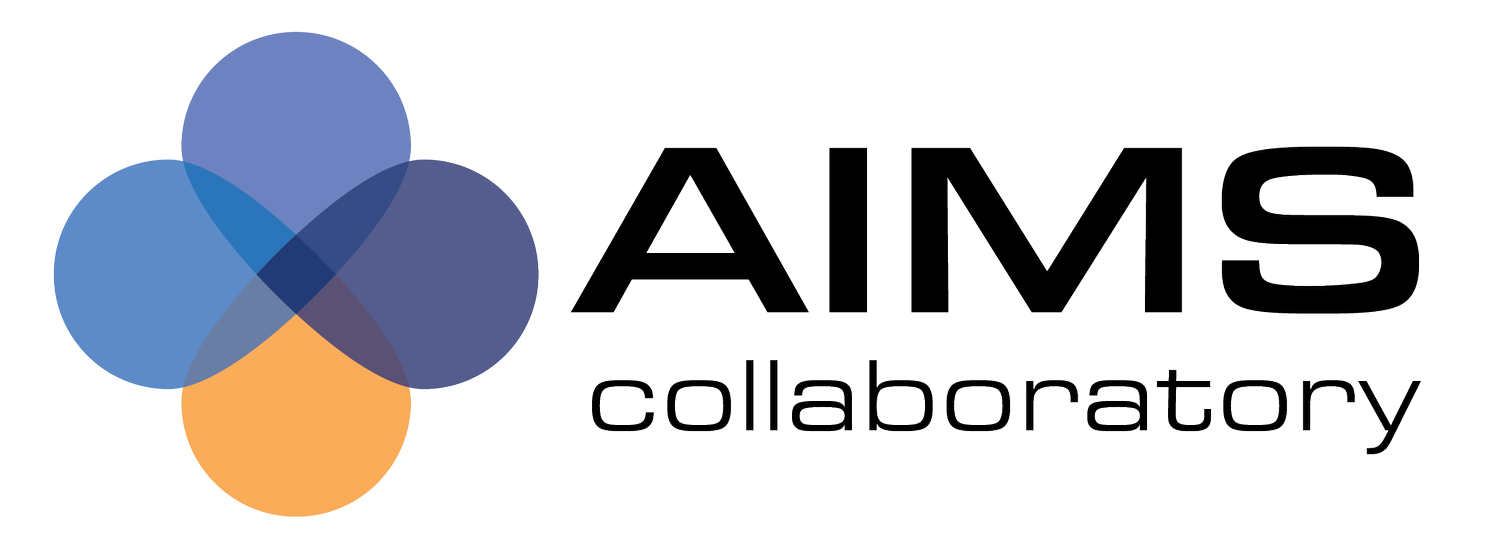AIMS Subnetworks
AIMS Subnetworks
Subnetworks are groups of grantees within the AIMS community that share common goals or methods in their work. Currently there are six subnetworks active in AIMS.
To find out more about AIMS Subnetworks, please Contact Us.
-
Connecting directly with youth, educators, and communities, is foundational to centering equity. These connections require support, tools, coaching, and resources, all of which allow teams to draw closer to those with lived experiences in the school system. Our hope is that teams are ultimately empowered to engage in co-design and Research Practice Partnerships to engage closely with communities. The Centering Voices subnetwork ensures that members of the AIMS Collaboratory are able to drive towards equity by utilizing practices that uplift members of the communities we seek to serve.
This subnetwork cultivates meaningful conversations, curates workshops, and also fosters partnerships for teams through external Learning Partner organizations that have deep expertise in these areas. The subnetwork also worked to establish two Collaboratory Advisory Groups – the AIMS Educator Council and the Youth Advisory Panel – which serve all subnetworks and the AIMS Facilitation Team at large.
-
Culturally Responsive and Sustaining Education is a core strategy for meaningfully engaging students and nurturing their learning and development of positive learner identity. In mathematics, culturally responsive approaches to instruction and curriculum are emerging as key drivers in improving the learning experiences and outcomes for students of color and who experience poverty.
This subnetwork aims to develop a set of resources for teams in their efforts to center identity, culture, and equity in their educational products and practices.
-
The ability to share data securely and efficiently across research projects is essential to the ongoing work of the Collaboratory. However, accomplishing this goal is challenging for a variety of reasons.
This subnetwork focuses on issues around developing infrastructure to improve processes for sharing data & conducting research collaboratively, efficiently, and safely – within, across, and ultimately beyond the Collaboratory.
-
The Engagement Collaborative for Research & Equity (ENCORE), a subnetwork of AIMS, explores the impact of product features and tools on mathematics teaching and learning.
This subnetwork focuses on product features’ and tools’ impact on mathematics teaching and learning – specifically with an eye towards increasing student motivation, engagement, and persistence; as well as towards improving teacher efficiency and effectiveness.
-
Quality professional learning supports teaching and learning improvement. The Professional Learning Subnetwork fosters shared inquiry, learnings, and resources amongst AIMS community members to further advance quality professional learning.
This subnetwork connects solutions providers with district leadership and research to promote a deeper understanding of professional learning contexts, needs, possibilities, and structures.
-
Partnership is a foundational tenet of AIMS R&D to ensure that technologies and instruction are responsive to the learning challenges, experiences, and outcomes for priority students. Partnership also ensures that AIMS teams’ research addresses critical problems of practice (by integrating the voices of diverse constituent groups and responding to the needs of those in practice) informing the teams and the broader field.
Within AIMS, Research-Practice partnerships (RPPs) – either structured as formal RPPs or structures as partnerships among practice partners (districts), solution providers and researchers – are critical to the careful and strategic development of R&D infrastructure that respects and responds to students, families, teachers, and school and district leaders.
This subnetwork supports RPPs initial and long-term development to ensure that AIMS project teams are effectively supported in pursuing their goals, especially in developing approaches to teaching and learning that prioritize the learning challenges of priority students. The subnetwork highlights how variation in the implementation of tools and instructional practices can more or less effectively encourage priority students' learning.
